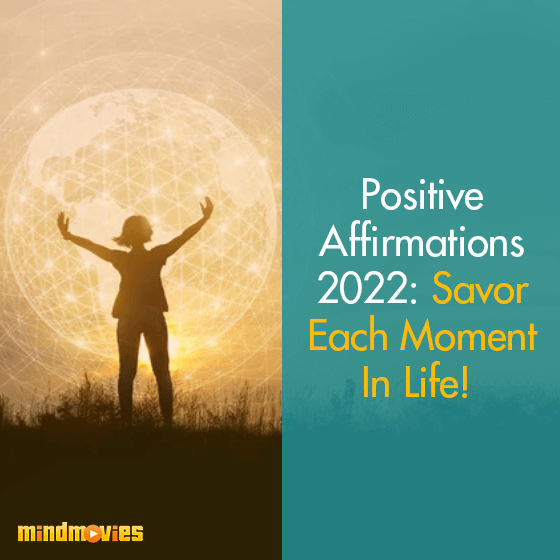On this week’s blog, we share a guest post from Dr. Amy Palmer. Enjoy :-)
It’s funny how life works. On a whim, I came to a marina to write this blog. There was no strategy behind it; it was the first nice day of spring, so instead of working at my office, I grabbed a notepad and headed to the marina.
As I settled into my Adirondack chair and looked at the docked boats, I thought “How beautiful! I would love a boat of my own one day.” I started imagining myself on a boat with family and friends, soaking up the sun and enjoying the beauty of Mother Nature.
Because I know the power of visualization, I automatically started to feel and imagine every detail:
-
How the sun feels on my skin
-
The salty smell of the sea
-
The sound of gentle waves crashing over the boat
-
The feel of the rhythmic rocking motion of the boat
-
The sound of adults and children laughing
-
The sight and sound of birds soaring overhead
-
The feel of the breeze through my hair
And with all of these sensations, I leaned into the feeling of pure joy and gratitude…
So, before I had even pulled out my notepad to start a blog on visualization, I had unintentionally practiced it myself.
All I can say is that the Universe works in awesome ways.
Chances are, if you are reading this blog, you already know (or at least suspect) that a visualization is a powerful tool you can use to achieve your goals.
But did you know that there are neuroscientific reasons that support the power of visualization?
As a neuropsychologist well versed in how the brain works, I am very grateful for this opportunity to share my knowledge with you.
Did you know that mentally rehearsing and imagining movements shares the same brain mechanism as actually doing these same movements? Simply put, the brain has the same activity when it visualizes doing an action as it does when it is physically performing the action. We see elite athletes use visualization all the time. In fact, many Olympic athletes work with sport psychologists and use visualization as part of their strategy. If visualization is part of a winning strategy for Olympic athletes, there’s no reason why it can’t be a part of your winning strategy as well!
Another neuroscientific reason why visualization can help you achieve your goals relates to the brain’s Reticular Activating System (RAS). By using visualization daily, your brain will more readily allow any opportunities to meet your goals into your conscious awareness. Here’s how: the RAS is a bundle of neurons that have several functions, including being a gatekeeper that decides what information is brought into your conscious awareness.
Think about it… we are bombarded with millions of bits of information every second, and if we were paying attention to all of them, we would have major sensory overload! While our subconscious can process about 11 million bits of information per second, we can only consciously process between 40 and 120 bits of information per second! Therefore, your brain must filter out irrelevant information and only allow information into your consciousness that (1) will keep you safe and (2) is of interest to you. You can help your RAS know what is important by using visualization to keep your goals in the forefront of your conscious awareness.
I don’t know about you, but I plan on reminding my RAS what is important by visualizing my goals several times a day!
Here are some recommendations to get the most out of your visualization practice:
1. Be Specific: Make your visualization as real as possible! If you want a new kitchen, visualize every detail, from the brand of appliances to the shape and color of the cabinet drawer handles. And don’t forget to incorporate your five senses. How does the marble countertop feel to the touch? What do the cookies baking in the oven smell like? How do they taste? What sounds would you hear when friends and family gather in your new kitchen? What does the backsplash look like?
2. Be Emotional: We all know that gratitude allows more wonderful things into our life to appreciate. And by adding emotion to our visualization, we tap into our brain’s limbic system, making our visualization even more powerful.
3. Be Frequent: To keep your goals front and center in your brain’s conscious and unconscious awareness, I recommend visualization at least twice a day.
Happy Visualizing!
Special Offer From Mind Movies: If you want to truly amplify your manifesting power, I highly recommend you check out our FREE Visualization Exercise! Learn to manifest any outcome and attract anything, anyone, anytime - just by using this FREE tool. Sit back, relax, follow the easy instructions, and let this potent visualization exercise retune your mind for maximum creation power. Check it out now!








